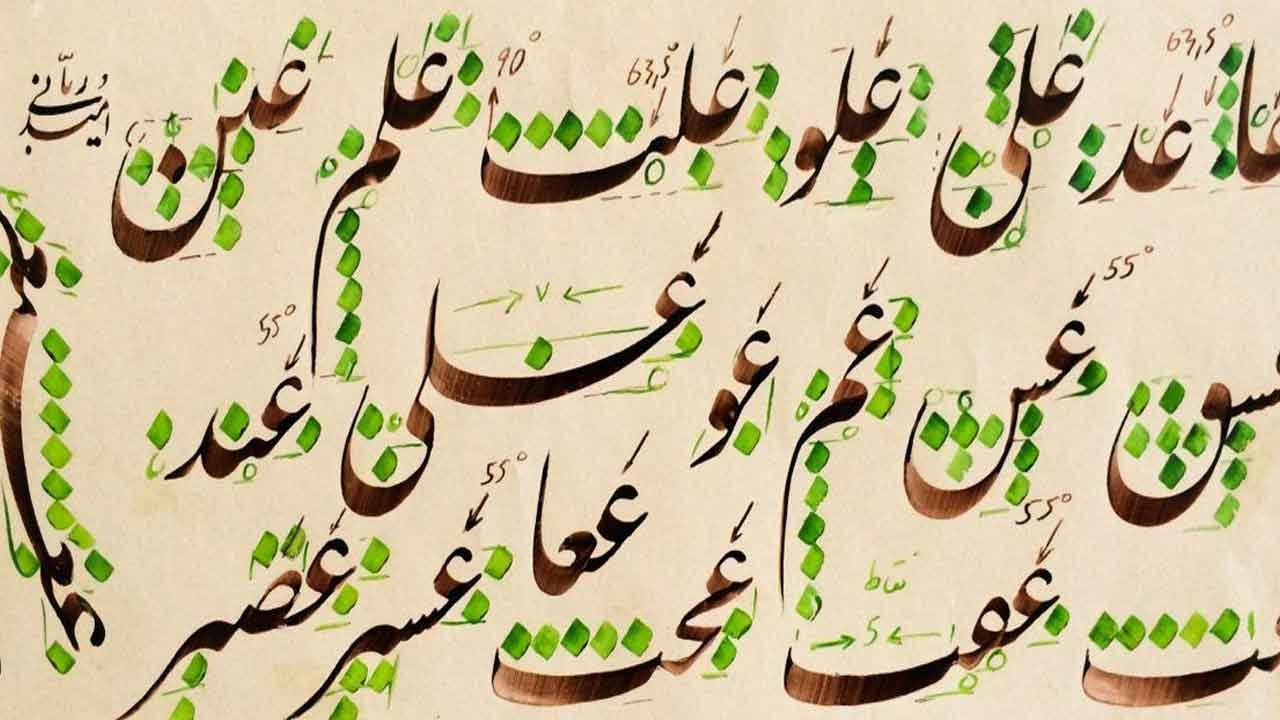More than 70 million people speak Urdu as their first language, and more than 160 million people use it as their second language, mostly in Pakistan and India. However, there are only a few typefaces available for the preferred Nasta’liq writing style of the Arabic writing system. Some newspapers and printed materials have been written by hand due to a scarcity of Nasta’liq typefaces. Urdu speakers sometimes use Romanized Urdu, which is the transliteration of Urdu in the Latin alphabet. The lack of Urdu fonts can be attributed to technology companies not seeing Urdu-speaking communities as important markets and thus not investing resources in developing Nasta’liq typefaces. Writing in Urdu is different from writing in Hindi, which is written from left to right in the Devanagari writing system. In contrast, Urdu is written from right to left in the Nasta’liq style of the Arabic writing system. Nasta’liq was initially developed to represent the Persian language and has been used to write several other languages, including Ottoman Turkish, Kurdish, Pashto, Sindhi, Persian, and Uyghur. Most Urdu books and newspapers are still printed with Nasta’liq typefaces, which take up more vertical space than the simplified Naskh used for Arabic typefaces in printed books, newspapers, and digital platforms.
Most writing systems, including Latin, are written with unconnected letters and are more horizontally aligned on the baseline. However, the Arabic writing system and most Arabic script writing styles are written in a cascading format in which characters are joined on multiple horizontal levels. This cascading nature of the Arabic script makes Nasta’liq typeface design, production, and composition more software reliant than Naskh. In addition, designers have to find a solution for kerning the cascading forms and the precise positioning of diacritic dots for vowel marks to avoid clashes and overlaps.
Designers also have to pay special attention to the bari-ye vowel, which frequently appears in Urdu. Although Urdu is written from right to left, the bari-ye sweeps backwards (left to right) and underneath preceding letters, especially impacting dotted letters which precede it. Letters in Nasta’liq also change their form based on their position in the word and depending on the neighboring letters before and after.
The technical difficulties of creating Urdu Nasta’liq typefaces make it poorly supported on digital platforms. The lack of Urdu fonts can also be attributed to technology companies not investing resources in developing Nasta’liq typefaces.








